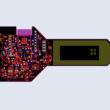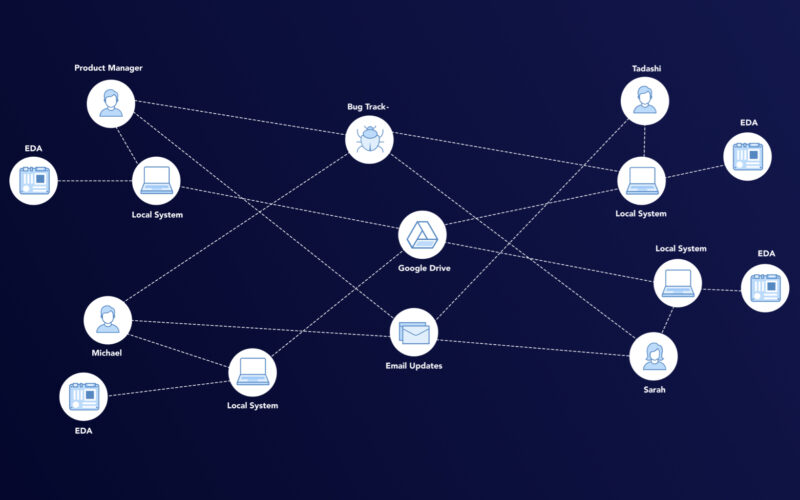COVID-19 has made all of us face a new reality over the past year, with no certainty of when things will go back to normal. Indeed, it seems like the world will not fully go back to the way it was even when this is over. Some things have been irreparably damaged, but on the other hand, the pandemic also made people aware of new ways they could work.
Every industry had to find a way to adapt to the on and off restrictions and lockdowns caused by outbreaks of the virulent disease plaguing the world. After all, this was the first time in recorded history that such a catastrophe had occurred on a global scale. Almost every country was affected by the virus, because of the prevalence of international trade and air travel. Previously, pandemics would spread in specific areas instead of being transmitted on such a wide scale. Our globalized world may be quite convenient for us, but such drawbacks are part and parcel of this state of things.
This means that individuals and businesses have to deal with the repercussions of such crises, and adaptas much as they can. The COVID-19 pandemic made this abundantly clear, with numerous businesses having to shut down due to the economic fallout. However, many others continued to push through, and with restrictions being managed more leniently, even started to recover.
The hardware industry was as adversely affected as any during this past year, and had to change its work methodology accordingly. Many companies realized the importance of innovation and communication, and the opportunities presented by remote work. They explored new avenues of innovation, including hardware-specific collaborative tools and open-source hardware design.
What is open-source hardware?
Open-source hardware refers to the designs and other specifications of a product which are open to the public to alter, create, manufacture, and distribute. Anyone can access these designs and contribute to them. This fosters innovation, as an amalgamation of ideas comes together to create the most effective product possible. In addition, without restrictive licensing in place, distribution also becomes much easier.
How can it help the hardware industry recover?
Studies have shown that even during the pandemic, companies which focused on innovation rather than cost-cutting fared relatively well. This goes to show that if companies offer innovative products which add value to people’s lives, those products will sell. The pandemic might have slowed down work in formal environments, but the internet is a land of limitless opportunities. It has made open-source designs available to anyone in the world who wants to access them, leading to collaboration between global innovators.
With more people working on designs, they get completed faster, with more innovation involved. The pandemic made this quite clear, as open-source designs made healthcare solutions more responsive. Without licensing hindrances, anyone in the world could manufacture and distribute much-needed solutions to the public at lower costs. It has lead to the rise of the Hardware-as-a-Service (HaaS) model as well.
A good way to promote this trend is to have standard toolkits with elements such as 3D printers, filaments and sensors for engineers to work with. This will help build skills for the future, improve local capacity, and promote small-scale enterprises. Resultantly, manufacturing and distribution problems faced during the pandemic can be tackled via open-source hardware. It also saves local, small-scale industries, saves on transport and licensing costs, and to top it off.
In conclusion, open-source hardware is an excellent and viable solution for the post-COVID industry, and its benefits extend to climate, transport, and healthcare as well.








